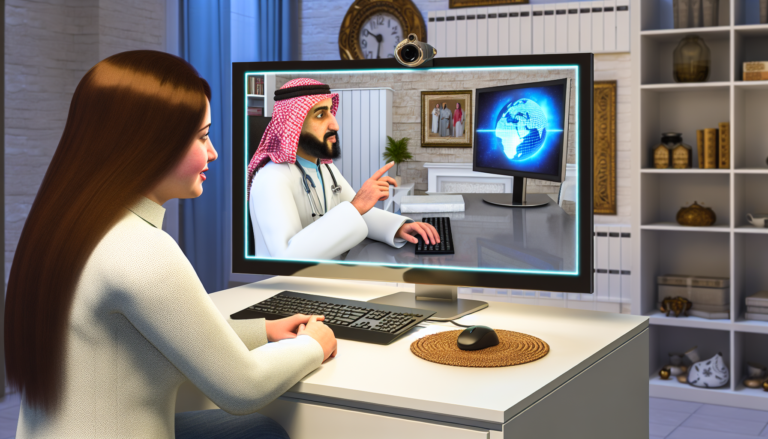Benefits of Telehealth for Home Care Patients
As technology evolves, new avenues of healthcare delivery are emerging. One such advancement is Telehealth, a transformative approach allowing for remote access to healthcare services. Primarily driven by digital technology, telehealth has the potential to revolutionize home-based care by providing convenient, patient-focused solutions, particularly for those managing chronic health conditions.
Telehealth, broadly defined, encompasses all forms of remote healthcare, including telemedicine (remote clinical services), remote patient monitoring, mobile health applications, and even ‘virtual’ visits with healthcare providers. It’s especially beneficial for home care patients, bridging the gap between patients, physicians, and health systems, enabling everyone involved in a patient’s care to stay updated and coordinated.
Improved Access to Healthcare Services
For those living in remote areas or unable to travel due to physical limitations, telehealth provides a lifeline, granting access to essential healthcare services without leaving home. It eliminates geographical barriers to care, ensuring everyone, irrespective of their location, can access timely medical attention.
Frequent Monitoring Leads to Better Care
Through remote patient monitoring, healthcare providers can frequently check on their patients’ health. This system allows for real-time tracking of vital signs, quick adjustments to treatment plans, and proactive management of a condition, oftentimes preventing the need for emergency care.
Reduced Healthcare Costs
Telehealth can be a cost-effective solution for many home health patients. By minimizing the need for in-person consultations or hospital visits, it can lead to significant savings in transportation costs, time, and hospital bills related to any complications that might arise from neglecting routine checkups.
Ensuring Continuity of Care
Particularly in challenging times like the COVID-19 pandemic, telehealth ensures continuity of care. Patients can keep up with their regular appointments, consult with healthcare professionals, and receive care—all while minimizing their risk of exposure to infectious diseases.
Enhanced Patient Empowerment
With telehealth, patients become active participants in their care. They gain access to their healthcare data, are educated about their conditions, and can engage in meaningful conversations about their care plans with their healthcare providers. This involvement can lead to increased adherence to care plans and improved health outcomes.
As the acceptance and adoption of this technology continue to grow, it is very likely that telehealth will become an increasingly essential tool for home healthcare. Just as it has bridged many gaps in the healthcare system, it could possibly lead us to a future where everyone has the ability to seamlessly access healthcare from the comfort of their own homes.
Conclusion
Through the incorporation of digital innovation into healthcare, telehealth is making home care more accessible, cost-effective, and patient-centric. As we move forward, there’s an exciting potential for an increasingly connected healthcare experience, where patients feel empowered and are at the center of their care. Here at All4Health, we await with anticipation the growth and evolution of this technology, hoping it will bring about a much-improved health paradigm for home care patients.



